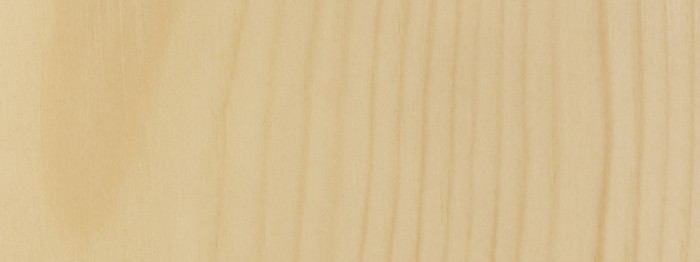
Common Spruce
Common Spruce
Common Spruce (Picea abies) comes from cold areas of Europe. Outside of its natural growing area, temperate areas, its growth is quicker when it’s planted. Creamy white wood with sometimes a thin redish coloured heartwood. Its sapwood on heartwood are note demarcated. Its grain is straight, fine texture and any interlocked grain. In France, Common Spruce is often falsely called “Sapin” (Abies Alba) and “Sapin blanc du Nord” is used to speak of Common Spruce coming from Scandinavia or from Eastern Europe.
Physical and durability properties of natural wood (besides sapwood)
- Density: 450 kg/m3 (light wood)
- Young modulus: 11,900 MPa (rigid wood)
- Monnin hardness: 2.2 (very soft wood)
- Stability: Moderately stable
- Fungal durability: class 4 poorly durable – Dry wood borers susceptible – Termites class S susceptible
- Employment class: class 1 inside (no dampness)
Uses of the Common Spruce species
- Heavy carpentry, wood frame house, light carpentry
- Glued laminated, interior joinery, interior paneling
- Fiber or particle boards, pulp
- Stringed instruments (sounding board)
- Shingles, poles, moulding
- Veneer for back or face of plywood
- Ship building (mast)
Special features of Common Spruce
Rapid drying, without problem
Normal machining (presence of hard knots adhering more or less), gluing correct (wood tends to split when nailing)
Can be finished (Possibility of rinsing and exudation of resin)